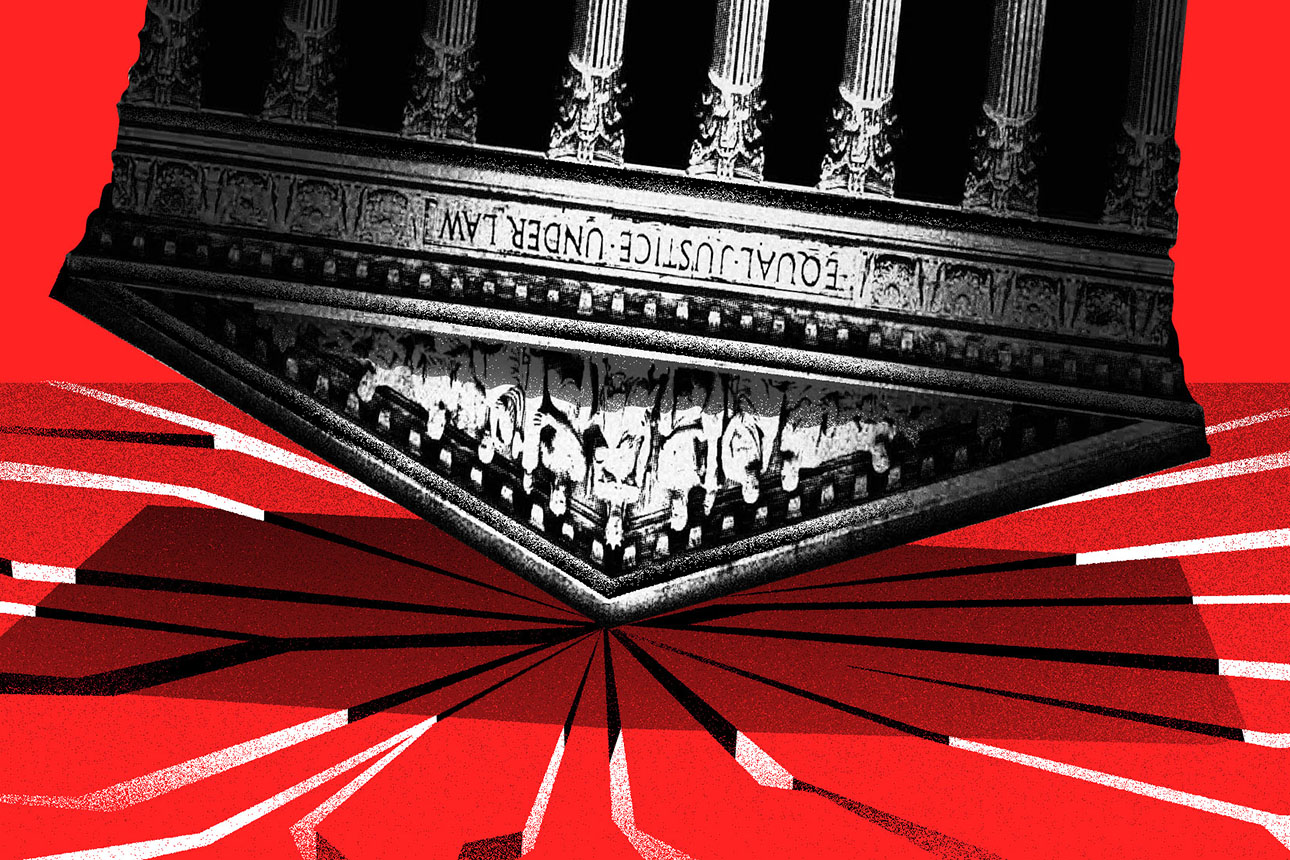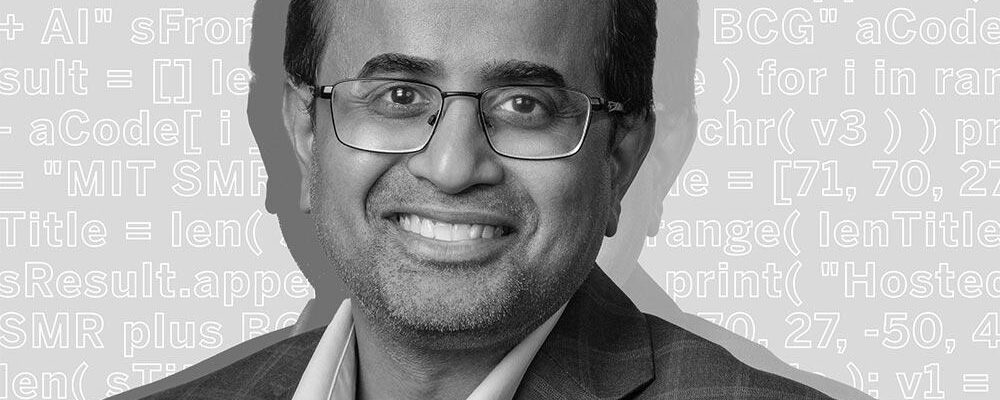A recent U.S. Supreme Court ruling gives companies more opportunities to challenge regulations, but they may face more regulatory uncertainty as well.
Brian Stauffer
In June 2024, the U.S. Supreme Court overturned the long-standing Chevron doctrine, fundamentally altering how businesses interact with federal regulations. The decision will almost certainly make it easier for companies to challenge agency regulations and other agency action interpreting federal statutes (that is, federal laws passed by Congress). However, it could also introduce new uncertainties in the regulatory landscape that will pose new challenges for business. Here, I will provide some “before and after” context about the doctrine and then highlight some of the most important takeaways for businesses operating in a post-Chevron environment.
What Was Chevron?
The 1984 Supreme Court decision in Chevron U.S.A., Inc. v. Natural Resources Defense Council, Inc. established a crucial legal doctrine that required federal courts to defer to administrative agencies’ reasonable interpretations of ambiguous federal statutes. The doctrine gave agencies significant power to interpret laws. For example, a provision in the Clean Air Act required that a permit system be established to regulate “new or modified major stationary sources” of air pollution. The Environmental Protection Agency (EPA) regarded an entire plant with multiple pollution-emitting devices as a single stationary source rather than treating each device as a separate source. That interpretation allowed plants to modify or add devices without having to obtain new permits, as long as overall emissions did not increase. The Supreme Court upheld this interpretation, finding the statute ambiguous and the EPA’s view reasonable.
Get Updates on Transformative Leadership
Evidence-based resources that can help you lead your team more effectively, delivered to your inbox monthly.
Please enter a valid email address
Thank you for signing up
How and Why Was the Chevron Doctrine Overturned?
The Supreme Court overturned the Chevron doctrine in Loper Bright Enterprises v. Raimondo. This decision requires courts to use their “independent judgment” to identify the “single, best meaning” of an ambiguous statute rather than automatically deferring to any reasonable agency regulation.
Loper Bright marks a significant shift in how courts will evaluate agency regulations.
The decision does not eliminate all agency influence on judicial decision-making. Loper Bright makes it clear that courts can still defer to agencies when a statute’s “best meaning” is that it gives the agency some discretion. One statute, for instance, instructs the secretary of agriculture to define the term resource-conserving crop, which confers deference on the secretary that federal courts must acknowledge. Statutes also confer upon agencies’ discretion to apply facts to the law — for instance, by instructing the Food and Drug Administration to evaluate an application to market a new drug in light of the statute’s requirements.
Reprint #:
“The MIT Sloan Management Review is a research-based magazine and digital platform for business executives published at the MIT Sloan School of Management.”
Please visit the firm link to site






